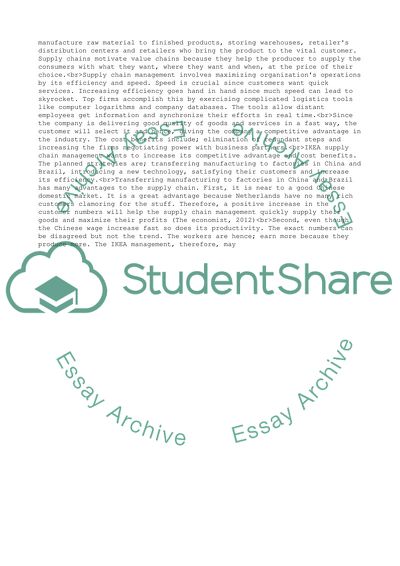Cite this document
(Supply chain Essay Example | Topics and Well Written Essays - 2500 words, n.d.)
Supply chain Essay Example | Topics and Well Written Essays - 2500 words. https://studentshare.org/management/1841872-supply-chain
Supply chain Essay Example | Topics and Well Written Essays - 2500 words. https://studentshare.org/management/1841872-supply-chain
(Supply Chain Essay Example | Topics and Well Written Essays - 2500 Words)
Supply Chain Essay Example | Topics and Well Written Essays - 2500 Words. https://studentshare.org/management/1841872-supply-chain.
Supply Chain Essay Example | Topics and Well Written Essays - 2500 Words. https://studentshare.org/management/1841872-supply-chain.
“Supply Chain Essay Example | Topics and Well Written Essays - 2500 Words”. https://studentshare.org/management/1841872-supply-chain.


